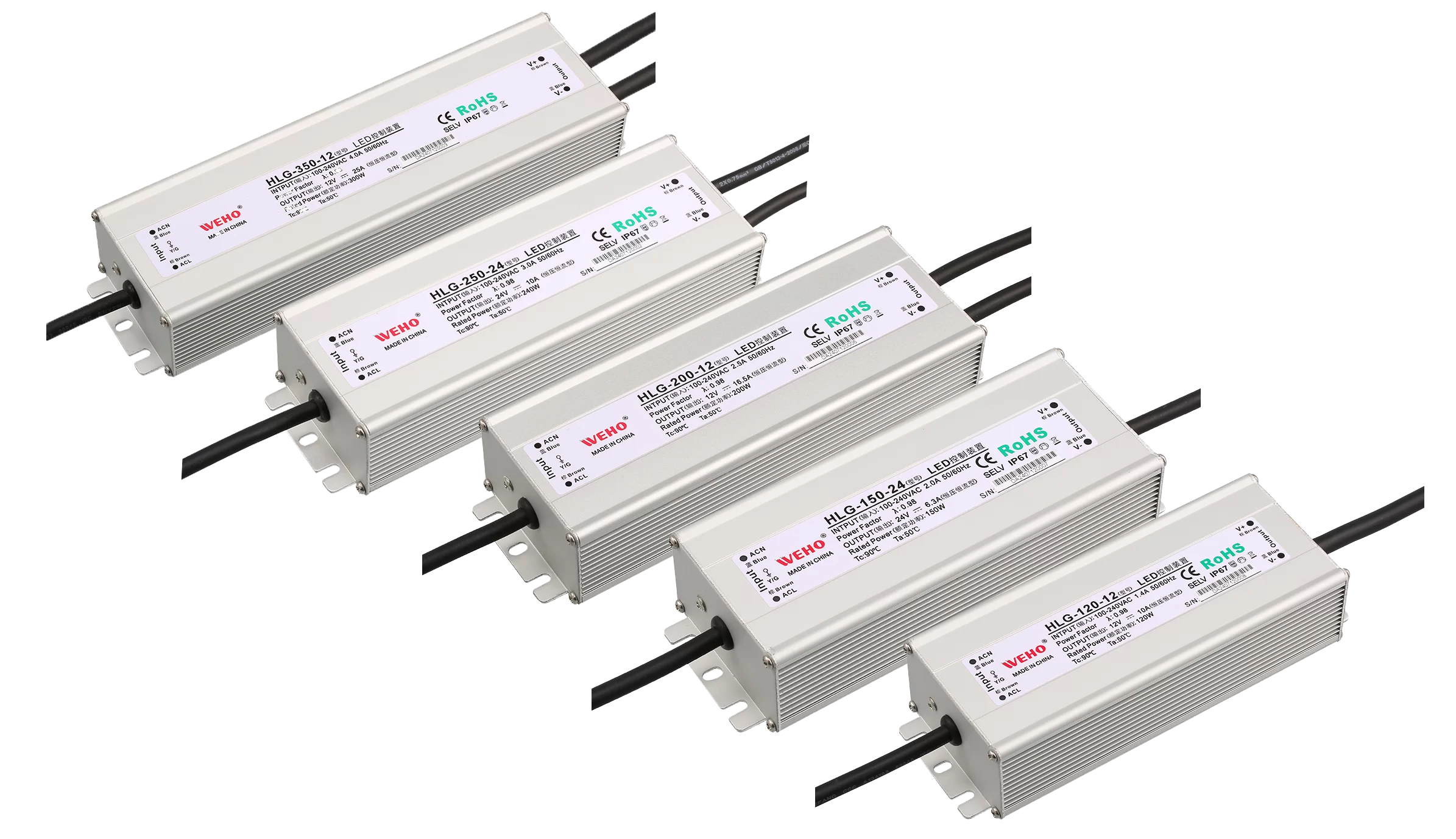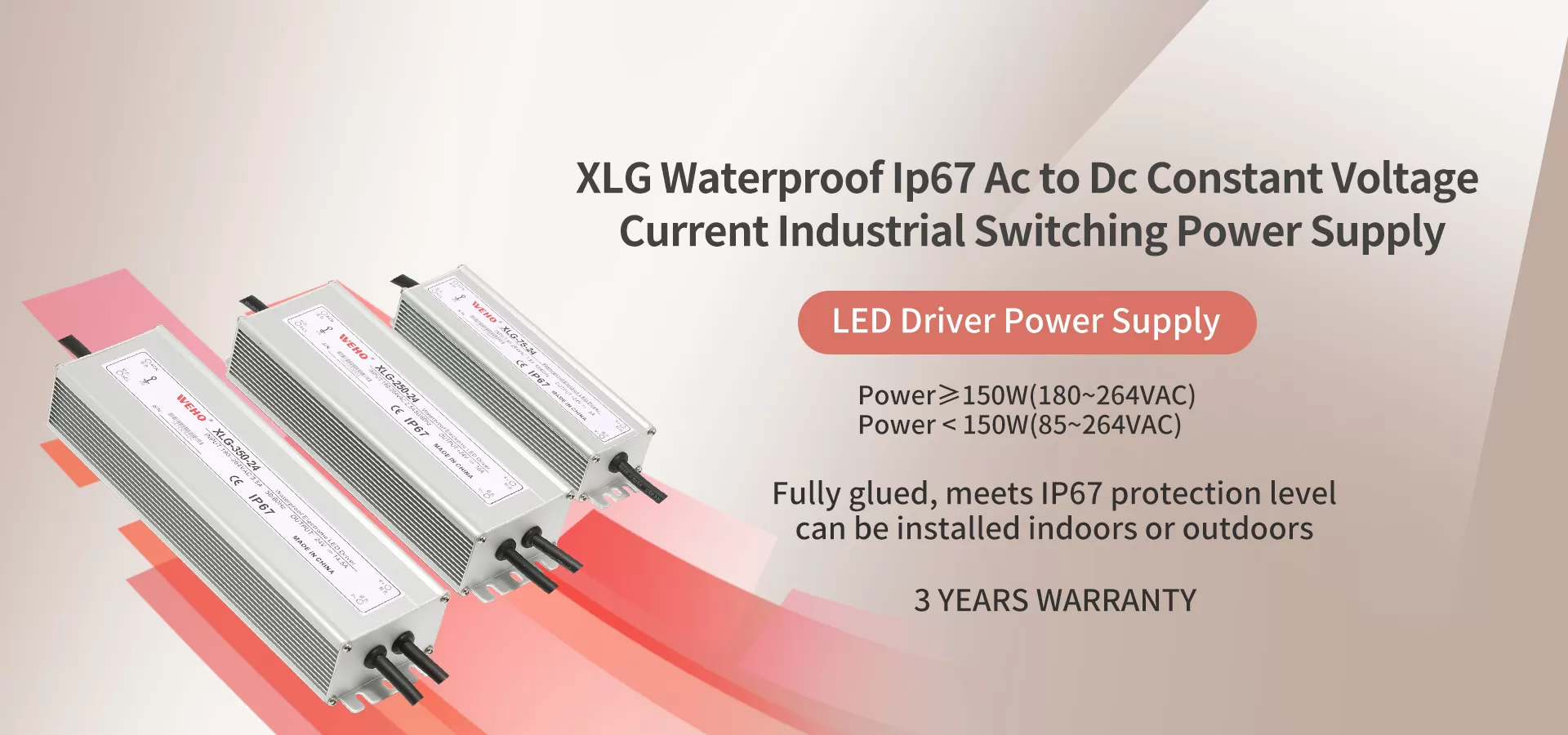Switched mode power supply have become ubiquitous in modern electronics, powering everything from personal computers and smartphones to industrial machinery and medical equipment. Their high efficiency, compact size, and lightweight nature have made them the preferred choice over traditional linear power supplies in a vast majority of applications. However, the seemingly simple function of an SMPS belies a complex and intricate production process that demands precision, quality control, and adherence to stringent industry standards.
This blog post delves into the intricacies of switching power supply production, providing a comprehensive overview of the manufacturing processes, critical components, quality assurance measures, and emerging trends shaping the industry. Whether you’re an engineer, a student, or simply someone curious about the inner workings of these essential devices, this guide aims to provide a thorough understanding of the journey from raw materials to finished product.

I.The Anatomy of a Switching Power Supply
Before diving into the production process, it’s crucial to understand the fundamental components and operational principles of an SMPS. A typical SMPS consists of the following key elements:
Input Rectifier and Filter: Converts the AC input voltage to a pulsating DC voltage and smooths it out to reduce ripple.
High-Frequency Switching Transistor: The heart of the SMPS, rapidly switching the DC voltage on and off, typically at frequencies ranging from tens of kilohertz to several megahertz.
Transformer: Steps the voltage up or down to the desired output level and provides isolation between the input and output circuits.
Output Rectifier and Filter: Converts the high-frequency AC voltage from the transformer back to DC and filters it to produce a stable output voltage.
Feedback and Control Circuit: Monitors the output voltage and adjusts the switching frequency or duty cycle of the switching transistor to maintain a constant output voltage despite variations in input voltage or load current.
II.The Production Process: From Design to Delivery
The production of switching power supplies is a multi-stage process that requires careful planning, execution, and control. Here’s a detailed breakdown of the key steps:
A.Design and Development:
Specification Definition: The process begins with defining the specifications of the power supply, including input voltage range, output voltage and current, efficiency requirements, operating temperature range, size constraints, and safety standards.
Circuit Design and Simulation: Engineers design the power supply circuit using specialized software tools. This involves selecting appropriate components, calculating component values, and simulating the circuit’s performance under various operating conditions.
PCB Layout Design: The circuit schematic is translated into a printed circuit board (PCB) layout. This involves careful placement of components to minimize electromagnetic interference (EMI) and ensure proper thermal management.
Prototype Development and Testing: A prototype is built based on the finalized design and subjected to rigorous testing to verify its performance and compliance with specifications. This may involve multiple iterations to optimize the design.
B.Component Procurement:
Bill of Materials (BOM) Creation: A comprehensive list of all components required for the power supply is generated, including part numbers, specifications, and quantities.
Supplier Selection and Qualification: Reliable suppliers are selected based on factors such as component quality, cost, delivery time, and adherence to quality standards.
Component Sourcing and Inspection: Components are procured from approved suppliers and subjected to incoming inspection to ensure they meet the required specifications.
C.PCB Manufacturing:
PCB Fabrication: The PCB design files are sent to a specialized PCB manufacturer. The manufacturing process involves creating multiple layers of conductive copper tracks and insulating substrate, connected by vias.
Surface Mount Technology (SMT) Assembly: Most components are mounted onto the PCB using SMT, a highly automated process that involves placing components onto solder paste and then reflowing the solder in an oven.
Through-Hole Technology (THT) Assembly: Some larger components, such as transformers and electrolytic capacitors, may require THT assembly, which involves inserting leads through holes in the PCB and soldering them on the other side.
Automated Optical Inspection (AOI): After assembly, the PCB undergoes AOI to check for defects such as missing components, incorrect component placement, and solder joint quality.
D.Transformer Winding and Assembly:
Core Selection: The appropriate magnetic core material and size are chosen based on the power supply’s power rating and operating frequency.
Winding Copper wire is wound around the core to create the primary and secondary windings of the transformer.
Insulation and Varnishing: The windings are insulated with special tapes or varnishes to prevent short circuits and improve the transformer’s lifespan.
Testing: The completed transformer is tested for inductance, turns ratio, and insulation resistance.
E.Final Assembly and Testing:
Enclosure Assembly: The assembled PCB and transformer are mounted inside an enclosure, along with other components such as input and output connectors.
Functional Testing: The assembled power supply undergoes functional testing to verify its output voltage, current, efficiency, and other parameters.
Burn-in Testing: Power supplies are subjected to burn-in testing, where they are operated under load for an extended period to identify any early failures.
Safety Testing: Power supplies must undergo safety testing to ensure compliance with relevant safety standards, such as UL, CE, and IEC. This may involve tests for insulation resistance, dielectric strength, and leakage current.
Final Inspection and Packaging: The finished power supplies are inspected for any cosmetic defects and then packaged for shipment.
III. Quality Control: Ensuring Reliability and Performance
Quality control is paramount in switching power supply production. Manufacturers implement rigorous quality management systems to ensure that every unit meets the required specifications and performs reliably throughout its lifespan. Key quality control measures include:
Incoming Quality Control (IQC): Inspecting incoming components to ensure they meet specifications.
In-Process Quality Control (IPQC): Monitoring the manufacturing process at various stages to identify and correct any deviations.
Outgoing Quality Control (OQC): Performing final inspections and tests on finished products to ensure they meet all requirements.
Reliability Testing: Conducting tests such as accelerated life testing and environmental testing to assess the long-term reliability of the power supply.
Traceability: Maintaining detailed records of components, manufacturing processes, and test results to enable traceability in case of any issues.
1.Industry Trends and Future Outlook
The switching power supply industry is constantly evolving, driven by the demand for higher efficiency, smaller size, and lower cost. Some key trends shaping the future of the industry include:
Wide Bandgap (WBG) Semiconductors: The adoption of WBG semiconductors, such as Gallium Nitride (GaN) and Silicon Carbide (SiC), is enabling higher switching frequencies, higher efficiency, and higher power density.
Digital Control: Digital control techniques are replacing traditional analog control methods, offering greater flexibility, improved performance, and advanced features.
Increased Integration: Power supply manufacturers are increasingly integrating multiple functions, such as power factor correction (PFC) and EMI filtering, into a single package, reducing component count and simplifying design.
Focus on Sustainability: There is a growing emphasis on developing more energy-efficient power supplies to reduce energy consumption and environmental impact.
Miniaturization: The trend towards smaller and more powerful electronic devices is driving the demand for smaller and more integrated power supplies.

Conclusion
The production of switching power supplies is a complex and demanding process that requires a high level of expertise, precision, and quality control. From design and development to component procurement, PCB manufacturing, transformer winding, and final assembly and testing, every step plays a crucial role in ensuring the reliability and performance of the final product. As the industry continues to evolve, driven by advancements in semiconductor technology, digital control, and integration, we can expect even more efficient, compact, and feature-rich switching power supplies in the years to come. Understanding the intricacies of this production process is essential for anyone involved in the design, development, or application of these indispensable components of modern electronics.








